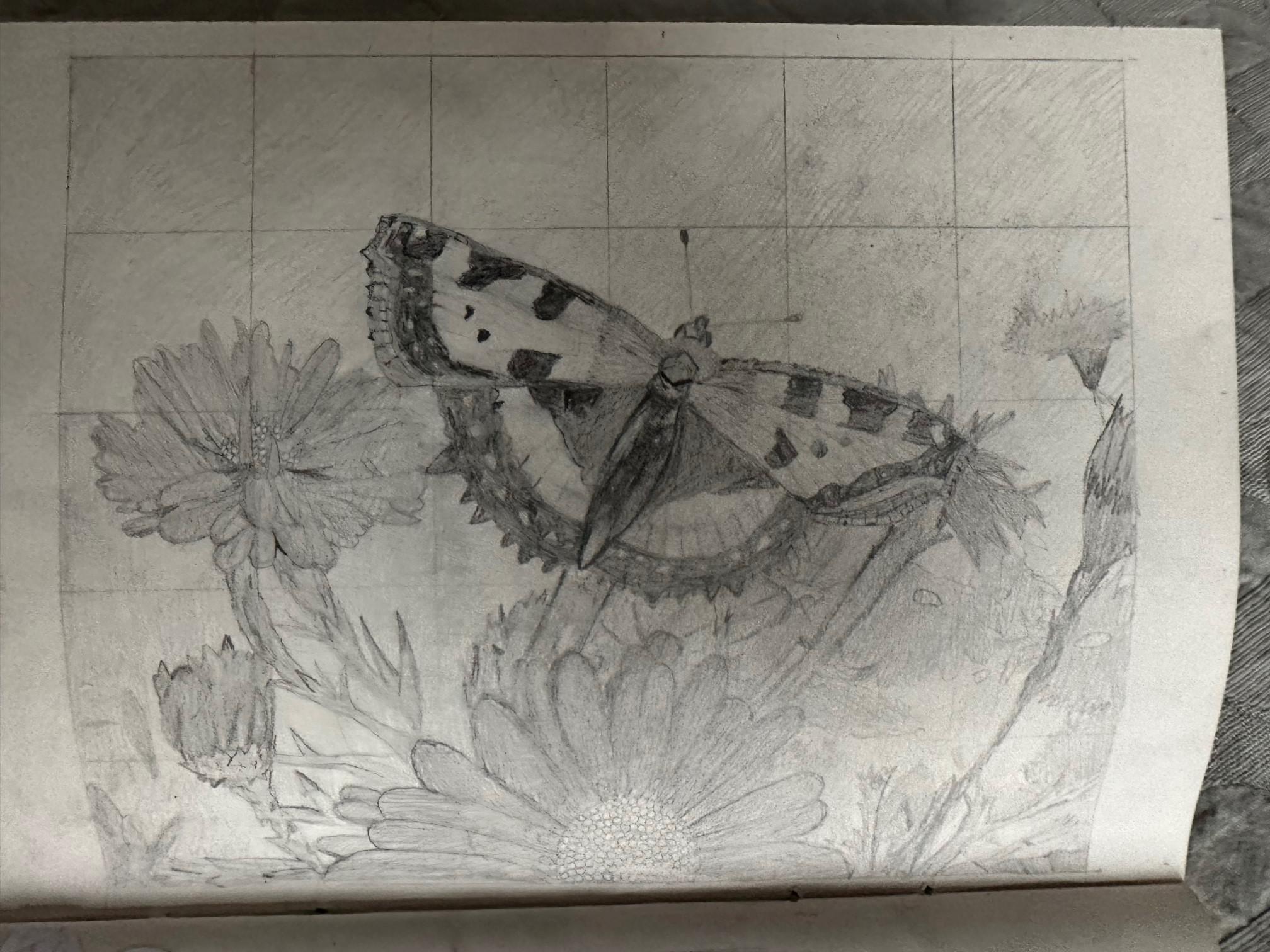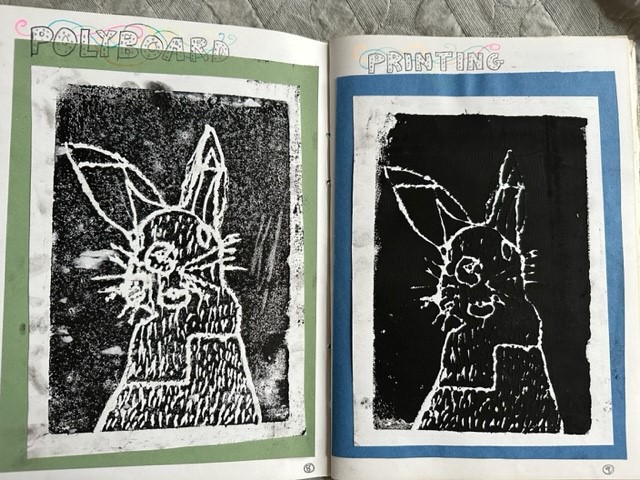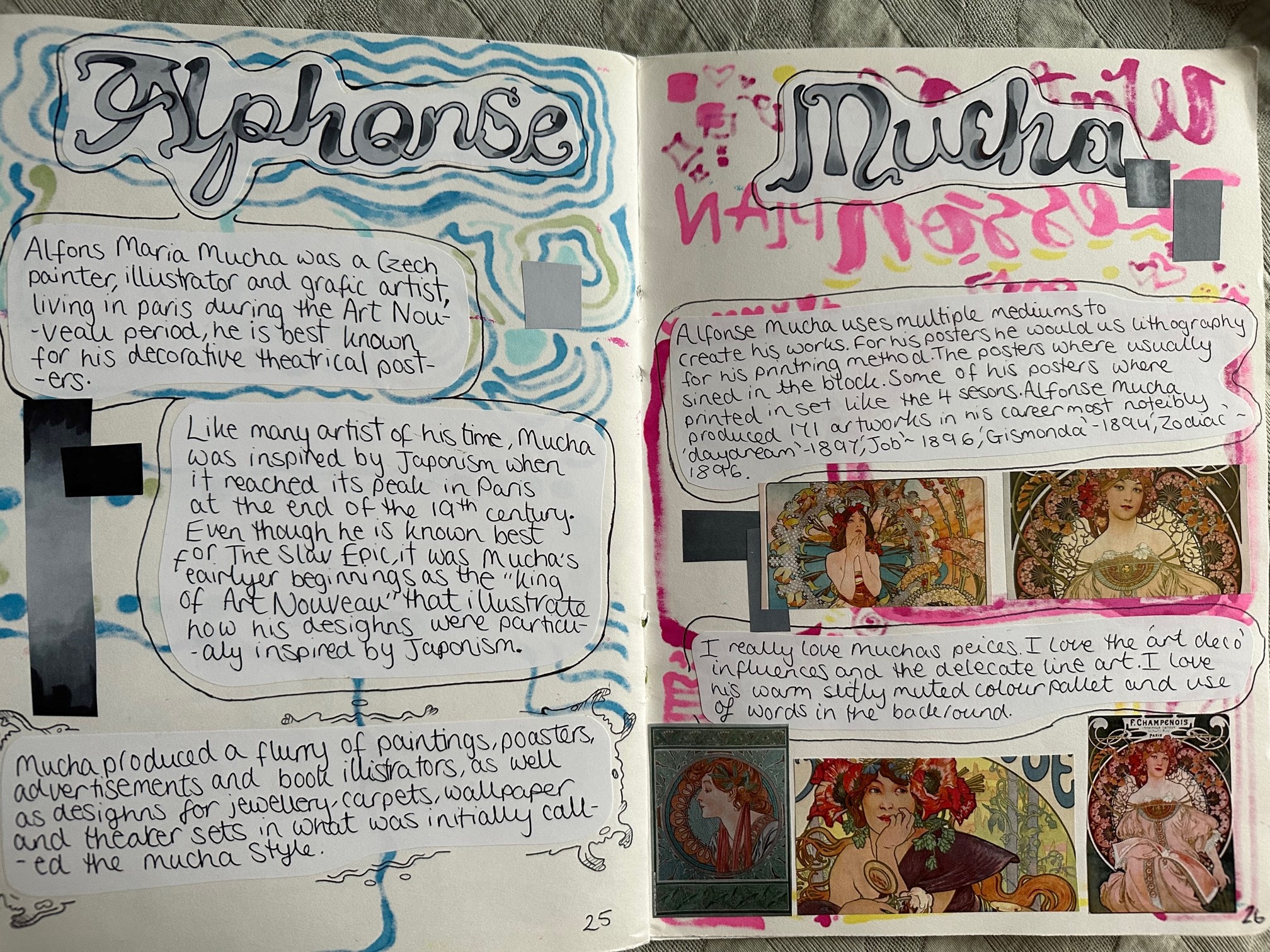
Tips for delivery and assessment: Gold Unit 2
BY: Nicola King
05 Sep 2023
In a previous blog we looked at how you could approach the delivery and assessment of Gold Unit 1. In this blog we focus on Gold Unit 2, with tips and guidance for all parts of the arts leadership project.
Remember your most important tool when assessing, or delivering, Arts Award is your adviser toolkit, if you are unsure how to use your toolkit properly take a look at this back-to-basics blog.
Unit 2
Part A- Leadership project aims and outcomes
For Part A young people must first identify the skills and qualities of a leader and detail which leadership skills they wish to develop. They will then plan an arts project in which they can develop these skills. The leadership project must be arts focused and include a public showing.
If young people are working in a group, it is essential that they have a substantial role that allows them to fulfil the assessment criteria and evidence requirements. When you are assessing the portfolio, you need to look at the evidence presented in that portfolio, you may know that the young person worked really hard but if they haven’t evidenced this it cannot be assessed as a pass.
All parts of Unit 2 are linked, so there may be evidence that overlaps different parts, and this will make your signposting and, if you are selected for moderation, the evidence locator form key, remember a moderator has to be able to find evidence in order to be able to agree with your assessment.
Part B- Organise people and resources
In this part young people will provide evidence of the planning of their project so you will be looking for timescales, risk assessments, how they plan to deliver and promote the project, their plans for the public showing, how they will collect feedback, and their plans for how they will evaluate their ongoing leadership skills etc. If your young people are working in a group some of this evidence may be similar, but it should not be identical as each young person will have their own area of responsibility and so their timescales, resources, plans etc would be individual in line with their specific role. These may be highlighted within a larger group project plan.
A common issue we see is that the Unit 2 project is not big enough in scope or scale and it is important that you guide your young people when planning the project to ensure that their idea has the necessary depth and scope that will enable them to fulfil the criteria. As a guide, the project should take the equivalent of approximately six months, spending one to two hours each week. Delivering a morning long arts workshop is an example of a project unlikely to meet the assessment criteria for a Gold project. Instead, the young person could hold a series of workshops over a period of time, in line with the recommended time frames.
Part C- Manage the project
For Part C you are looking for evidence of the young person delivering the project. This could include: diary logs, recordings, annotated photographs, printed materials, details of meetings and discussions. There should also be ongoing reflection on where and how they are developing and applying their leadership skills, responding to and resolving problems, and working with and supporting others, during the delivery of the project.
You should also be able to find evidence of the young person collecting feedback from others, during this delivery stage, about both the project itself and their leadership skills.
Again, if working in a group your young people should not be producing identical evidence and where you find this you should ask your young people to provide further evidence or personalise the evidence provided.
Part D- Manage a public showing
For Part D the young person must manage a public showing or sharing of the leadership project. A key point that can sometimes be overlooked is that the showing must be managed by the young person. Take this example: the young person takes on an assistant director role of their school production, it is a substantial role with lots of responsibilities, but the drama teacher has organised the actual performance evening – this scenario would not meet the pass criteria for this Part, as the young person was not responsible for managing the public showing.
In the portfolio you should find evidence of how the project was shown/shared publicly, what the young person’s responsibilities were and how they organised people and resources, as well as ongoing reflection and feedback from others.
Part E- Leadership project report
In the final part of Unit 2 the young people carry out a final project report. In this they evaluate how they have applied and developed their leadership skills, as well as reflecting on their project including the planning, and any successes or challenges. When assessing this review consider; has the young person reflected on how their project plan worked? Have they reflected on what they learnt from working with others? Have they assessed how their leadership skills developed? Have they reflected on the feedback they gathered? Have they thought about their achievements, successes, and challenges, as well as what they would do differently in the future?
Evidence Locator Form
If your centre is selected for moderation, we'll let you know which portfolios we wish to sample. You'll then need to follow our guidance on assembling these portfolios in a digital format, complete an ‘Evidence Locator Form’ for each young person, and submit the work using our portfolio submission platform. It’s crucial that your evidence locator form is as clear as possible as this is the moderator’s guide to young people’s work. If you’ve identified evidence then make sure that your evidence locator form states exactly where to find it! Use page numbers, slide numbers, and ensure that evidence is grouped and labelled so it is clear which section of the award it relates to. If there’s a video or audio recording then note the relevant time code. Put captions on photographs.
Always remember that moderators are looking at portfolios for the first time – they might not have the context needed to match evidence to a specific part, so make it easy for them!
Our portfolio building templates for Gold Unit 1 and Gold Unit 2 can help when gathering evidence.
Related posts
BY: Nicola King
BY: Nicola King
BY: Alan Lynch




Comments & Replies